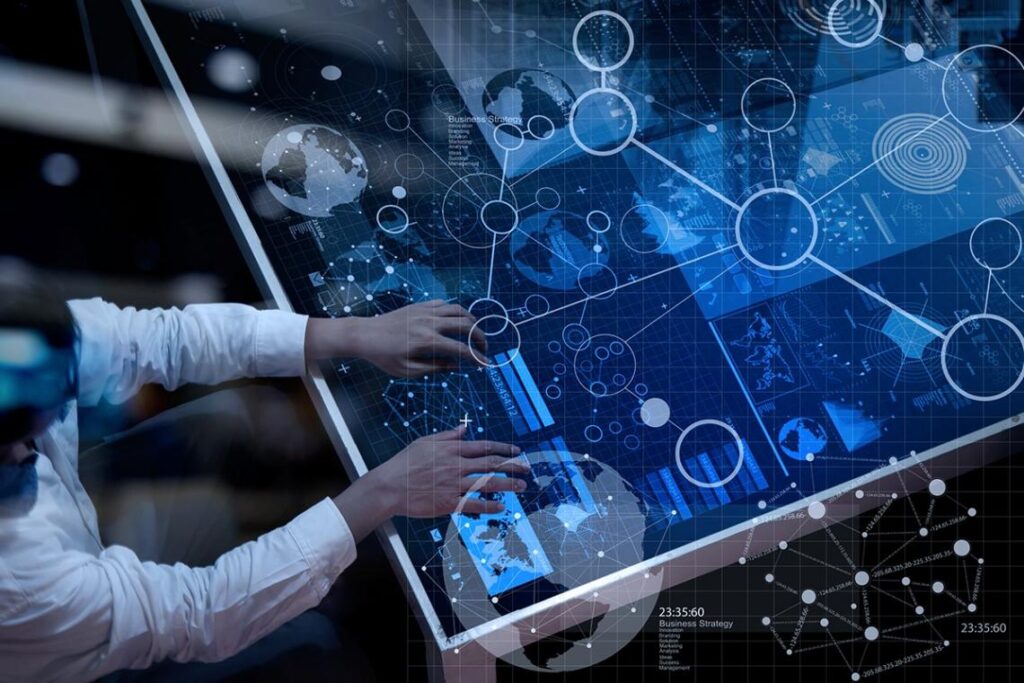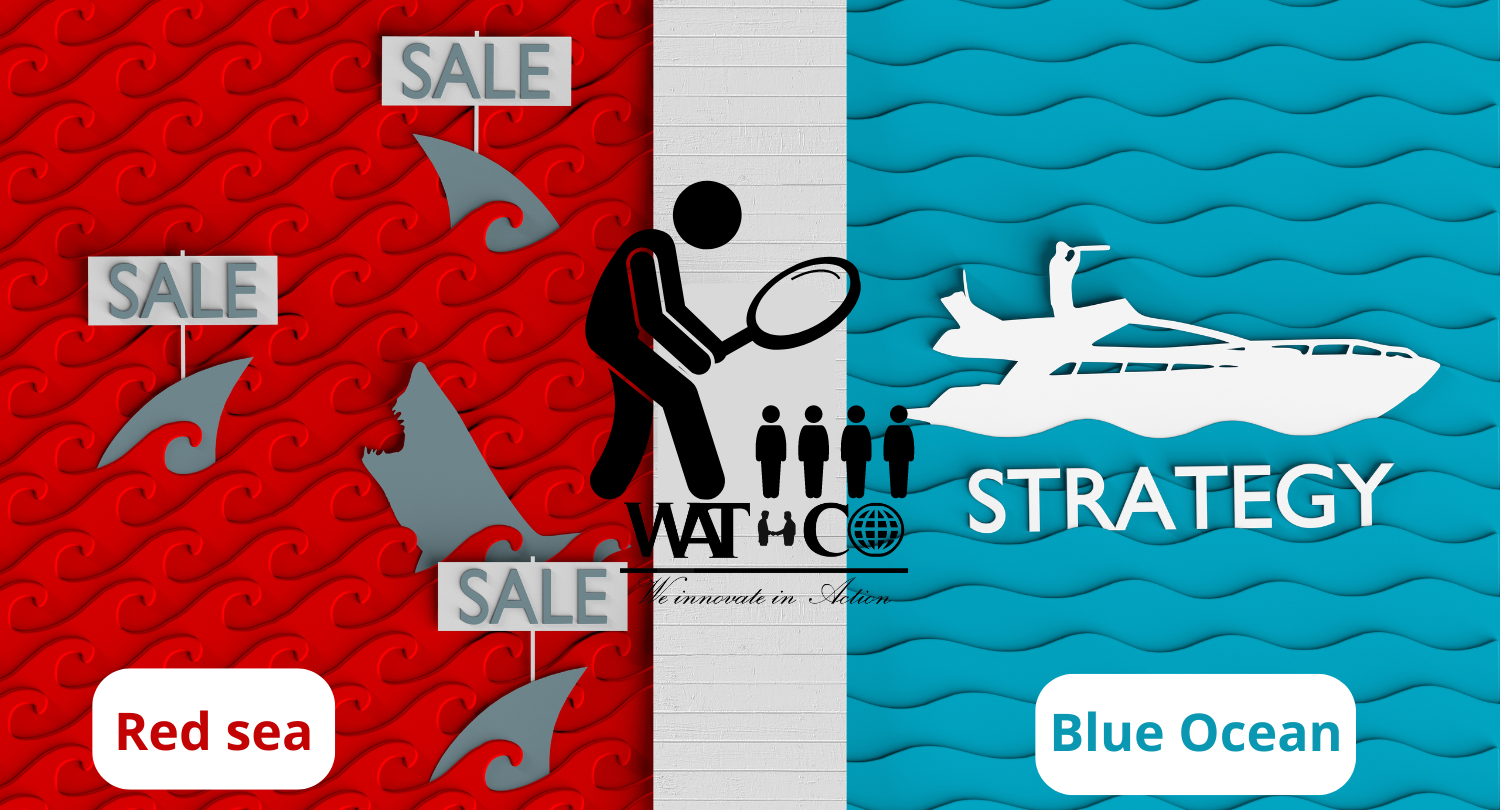
Performance acceleration
Company X, created in the early 2000s, manufactures consumer goods. From 2010, the introduction of computerized accounting with SAGE, allows productivity gains by automating a large number of manual and repetitive tasks. In early 2015, all repetitive tasks were computerized: order entry, production orders, invoicing. Towards the middle of 2018, the specific commercial management, production management and accounting management applications are communicating with each other. However, the scheduling of operations is still manual, but delivery times are not critical: customers agree to wait a week, or even more, before being delivered. At the end of 2020 following the health crisis, the situation changed: the delivery date commitment and the respect of the deadline are a commercial argument and make the difference. Logistics management is necessary to schedule flows between dealers (order taking), sales departments, factories, warehouses and new dealers (delivery). At the beginning of 2021, it will have to meet the wishes of its customers in order to be able to keep them, the company will have to equip itself with Customer Care tools (which could be translated as customer management) which, beyond simple commercial management, makes it possible to follow the evolution of customer requests, market trends, the sale of the most requested products. Similarly, the company must facilitate relations with its suppliers by implementing an Extranet platform to exchange information, data and services with them.
The real concept of ERP
ERP is, in fact, a generalization of MRP. This involves taking charge of the integral management of the company, including human resources management, accounting and financial management, administrative management, sales management, purchasing management, production management and logistics management. ERPs are thus intended to see the entire company as a tool whose productivity must be optimized in order to be able to reduce, as much as possible, the cycles of placing products and services on the market. This integration does not only concern the productivity management model, it also includes: the standardization of the data structure, the integration of the architecture of the application information system and the unification of the Human-Machine Interface .
We often hear that Excel ® is the first ERP in the world. This observation is very real: between shared spreadsheets, processing programmed in macro-commands, data linked between several files, etc., companies are not lacking in imagination. But there comes a time when the "system" has its limits: difficulties for several people to access the same information at the same time, too large files, duplication of data... The company realizes that it is in the process of maintaining a quasi-ERP, even though that is not its job.
In the field, we find that SMEs that have not yet chosen an ERP still use management software: commercial management (quotes, sales orders, delivery notes, invoices), accounting management ( general or analytical accounting, treasury, regulations, fixed assets) and payroll management (when it is not outsourced to a firm). Everything is organized around a customer base and sometimes an article base. Regarding the monitoring of production and purchases of materials and subcontracting, many SMEs still use spreadsheets and "paper" management. Having business management software or using spreadsheets like Excel ® already allows employees to share information and structure the company's information flows. This is a first step towards computerized global management.
If there is only one idea to retain from the definition of an ERP, it is this: "An ERP is a series of actions (buy, sell, manufacture, store, ship, etc.) for a quantity of given articles, for a given period". It's as simple as that. The costs are obtained by an arithmetic calculation from the quantities. When his workshop is asked to produce 50 metal desks, he is given a deadline. When surveying inventory to see if we can fill a customer order, we look at the inventory on the requested date.
Why initiate an ERP project?
An ERP makes it possible to improve administrative productivity, in particular by reducing re-entries. Before implementing an ERP, it is not uncommon to see SMEs have 3 customer bases: the accounting base, the sales base, and sometimes a production base. For each new customer, the information sheet is created 3 times. When an ERP is set up, the uniqueness of the database allows the same information to be shared. In the case of a multi-software approach (ERP and separate accounting), we try to automate the synchronization of this type of data. This productivity gain greatly contributes to a rapid return on investment.
An ERP also makes it possible to decompartmentalize services. All users have access to the same information. Tools such as the "Workflow" facilitate the transfer of information from one department to another.
For the manager or a department manager, an ERP is the means to simply obtain measurements of the activity, profitability and quality of the said department. The tool records all the transaction history of the company. It is therefore possible to question him on the evolution of turnover by DAS (Strategic Activity Area), to abound in the direction of diversification or, on the contrary, towards a refocusing on a given market.
In one query, the sales manager can know the customers who no longer order from him, or those who, on the contrary, have been retained. Up-to-date reminder systems make it possible to no longer forget commercial actions. An ERP is also capable of producing interesting statistics for negotiation with suppliers. Listing the turnover of supplies ordered, or listing all the non-conformities of the year are simple and very useful tools during the annual contract review.
The ERP we offer
The ERP that we offer to micro enterprises, VSEs and SMEs is an open source project, which provides ERP and CRM systems to companies and individuals who need them. You have the option of using it for free or using the paid hosted version.
You can fully customize your systems to include only the features you need to get the most optimal experience. There are a multitude of features to choose from. For example, you can include features that manage point of sale, accounting, e-commerce, email, contracts, and more.
Moreover, choosing this ERP means that you are part of the community. Within the community there are users, developers, translators and many others with different roles. Being part of the community means you can easily ask for help if you need it.





